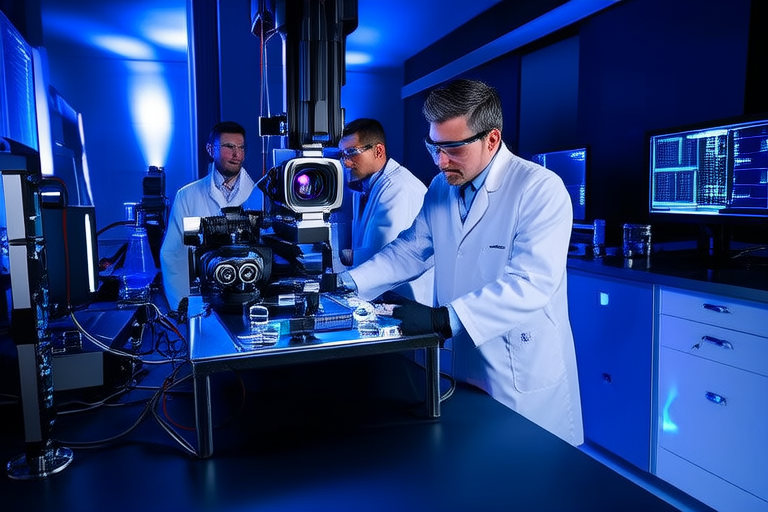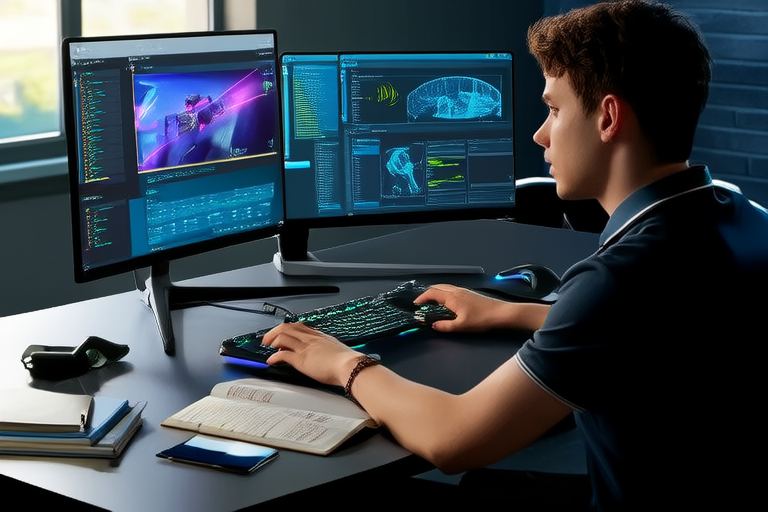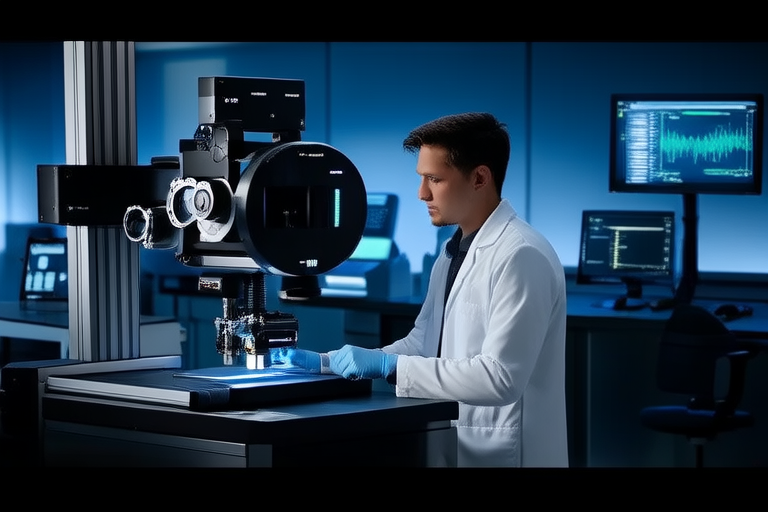“`html
The Power of Pixels: Exploring Innovations in Computer Vision Technology
Introduction
Computer vision is an interdisciplinary field that combines techniques from artificial intelligence, engineering, and mathematics to enable machines to interpret and understand visual information from the world around them. At the heart of this technology lies the pixel, the smallest unit of digital imaging, which captures visual data and allows computers to process, analyze, and make sense of images and videos.
The advancements in computer vision technology are transforming various industries, from healthcare and manufacturing to autonomous vehicles and security. This article explores the innovations driving these changes, their applications across different sectors, and the challenges and ethical considerations that come with this powerful technology.
What is Computer Vision?
Computer vision is the science of teaching machines to interpret and understand visual data, much like humans do. It involves analyzing images and videos to extract meaningful information, enabling machines to recognize objects, identify patterns, and make decisions based on visual inputs. The core principles of computer vision include image acquisition, feature extraction, pattern recognition, and decision-making.
Pixels play a crucial role in capturing and processing visual data. Each pixel represents a small portion of an image, containing color and intensity information. By analyzing millions of pixels, computer vision systems can reconstruct and interpret complex scenes. Real-world applications of computer vision include facial recognition, autonomous driving, medical imaging, and surveillance systems.
Key Technologies Driving Computer Vision
Deep learning and neural networks are at the forefront of advancements in computer vision. These technologies allow machines to learn from large datasets and improve their accuracy over time. Image recognition, object detection, and facial recognition are some of the most common applications of deep learning in computer vision.
Image recognition involves identifying and classifying objects within an image. Object detection goes a step further by locating and drawing bounding boxes around specific objects. Facial recognition is used for biometric authentication and surveillance. Edge computing is also playing a vital role in enabling real-time computer vision applications by processing data closer to the source, reducing latency and improving efficiency.
Innovations in Computer Vision
Recent breakthroughs in computer vision technology have opened up new possibilities in areas like 3D vision, augmented reality (AR), and virtual reality (VR). 3D vision enables machines to perceive depth and spatial relationships, making it essential for applications like robotics and autonomous navigation. AR and VR integrate computer vision to create immersive experiences, enhancing gaming, education, and training.
The integration of computer vision with IoT devices and smart environments is another significant innovation. Smart cameras, drones, and wearable devices are leveraging computer vision to provide real-time insights and automate tasks. For example, smart cameras can monitor traffic flow, detect anomalies, and alert authorities in case of emergencies.
Applications Across Industries
Computer vision is being applied in numerous industries, revolutionizing the way businesses operate. In healthcare, computer vision is used for medical imaging analysis, disease diagnosis, and surgical assistance. For instance, Google Health’s AI algorithms can detect diabetic retinopathy from retinal images with high accuracy.
In manufacturing, computer vision helps automate quality control processes, ensuring products meet strict standards. Companies like Siemens and GE are using computer vision to inspect components and detect defects in real-time. Autonomous vehicles rely heavily on computer vision for navigation, obstacle detection, and lane keeping. Tesla’s Autopilot system uses computer vision to assist drivers and improve safety on the road.
Security is another area where computer vision plays a critical role. Surveillance systems equipped with facial recognition and behavior analysis can prevent crimes and ensure public safety. Retailers are also leveraging computer vision to enhance customer experience, optimize inventory management, and personalize marketing efforts.
Challenges and Ethical Considerations
Despite its many benefits, computer vision technology faces several challenges. Researchers and developers must address issues related to data quality, computational complexity, and scalability. Ensuring accurate and reliable performance in diverse environments remains a significant challenge.
Ethical concerns surrounding computer vision technology include privacy, bias, and misuse. Facial recognition systems have raised concerns about privacy invasion and potential misuse by governments and corporations. Bias in machine learning models can lead to unfair treatment of certain groups, exacerbating existing social inequalities. To mitigate these issues, it is essential to establish transparent guidelines, promote diversity in data collection, and foster ethical AI development practices.
Future Prospects
The future of computer vision technology looks promising, with emerging research areas and potential breakthroughs on the horizon. Advancements in hardware, such as faster processors and improved sensors, will enable more sophisticated and efficient computer vision systems. New algorithms and techniques, such as unsupervised learning and reinforcement learning, will further enhance the capabilities of these systems.
Potential future applications include advanced agricultural monitoring, personalized retail experiences, and immersive entertainment. As technology continues to evolve, there will be ample opportunities for professionals to contribute to this rapidly growing field. By staying informed and engaged, individuals can help shape the future of computer vision and its impact on society.
Conclusion
Computer vision technology has come a long way since its inception, transforming industries and improving lives. From healthcare to manufacturing, autonomous vehicles to security, the power of pixels is reshaping the world. As we continue to innovate and push the boundaries of what is possible, it is essential to remain mindful of the challenges and ethical considerations that accompany these advancements.
The future of computer vision holds immense potential, offering exciting opportunities for researchers, developers, and businesses alike. By embracing these innovations and addressing the associated challenges, we can unlock new possibilities and create a better future for all. Let us continue to explore and harness the power of pixels, driving progress and shaping the world through technology.
“`



